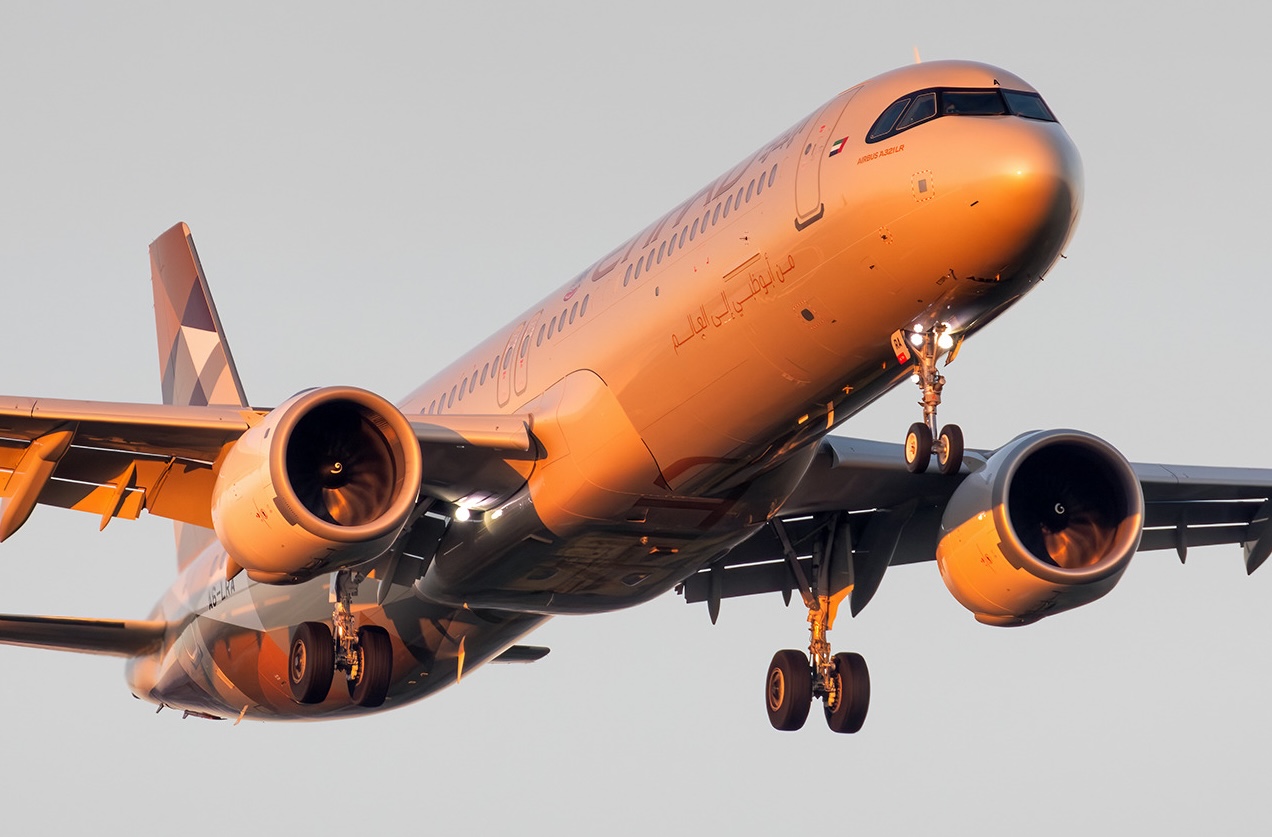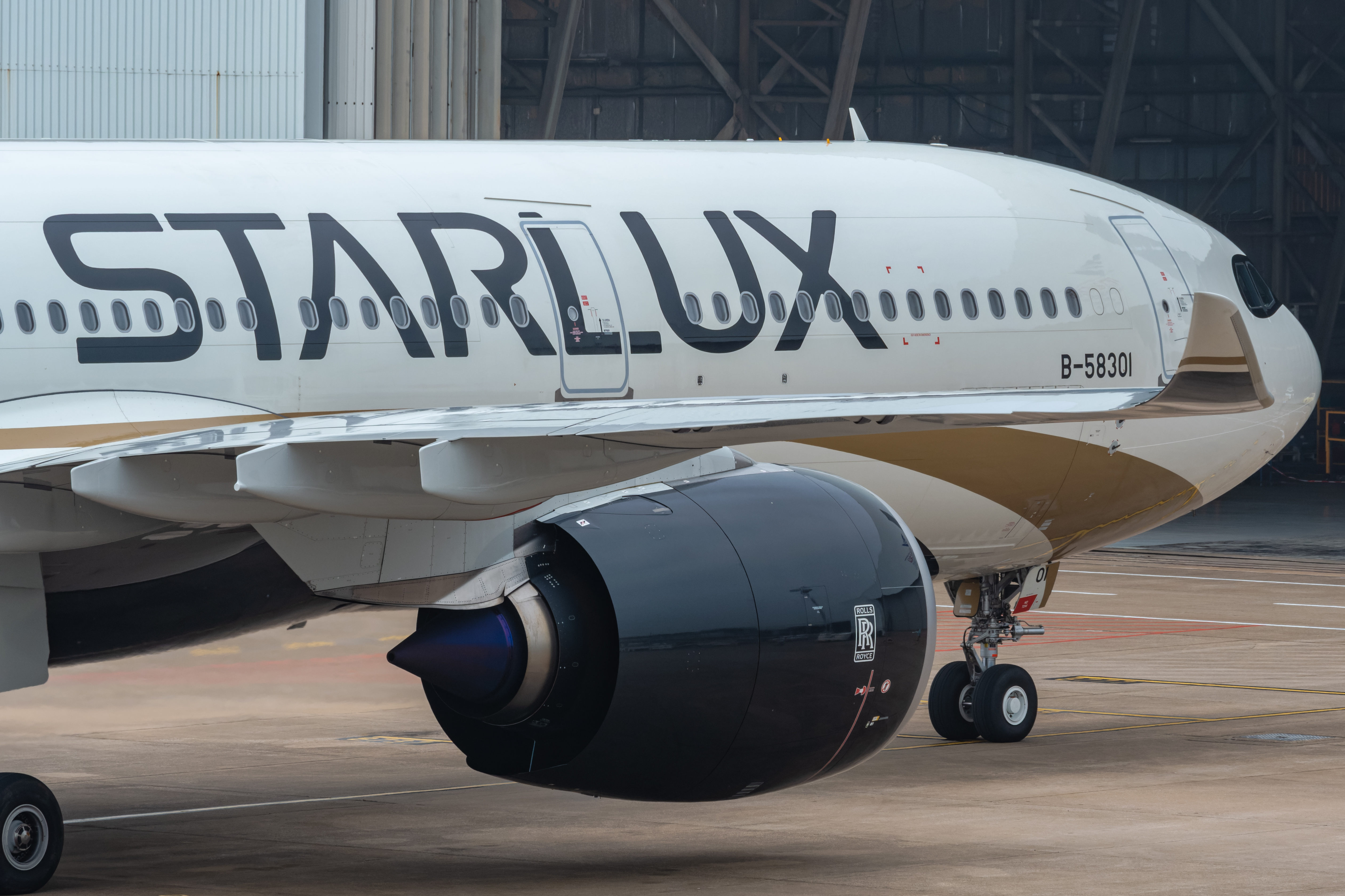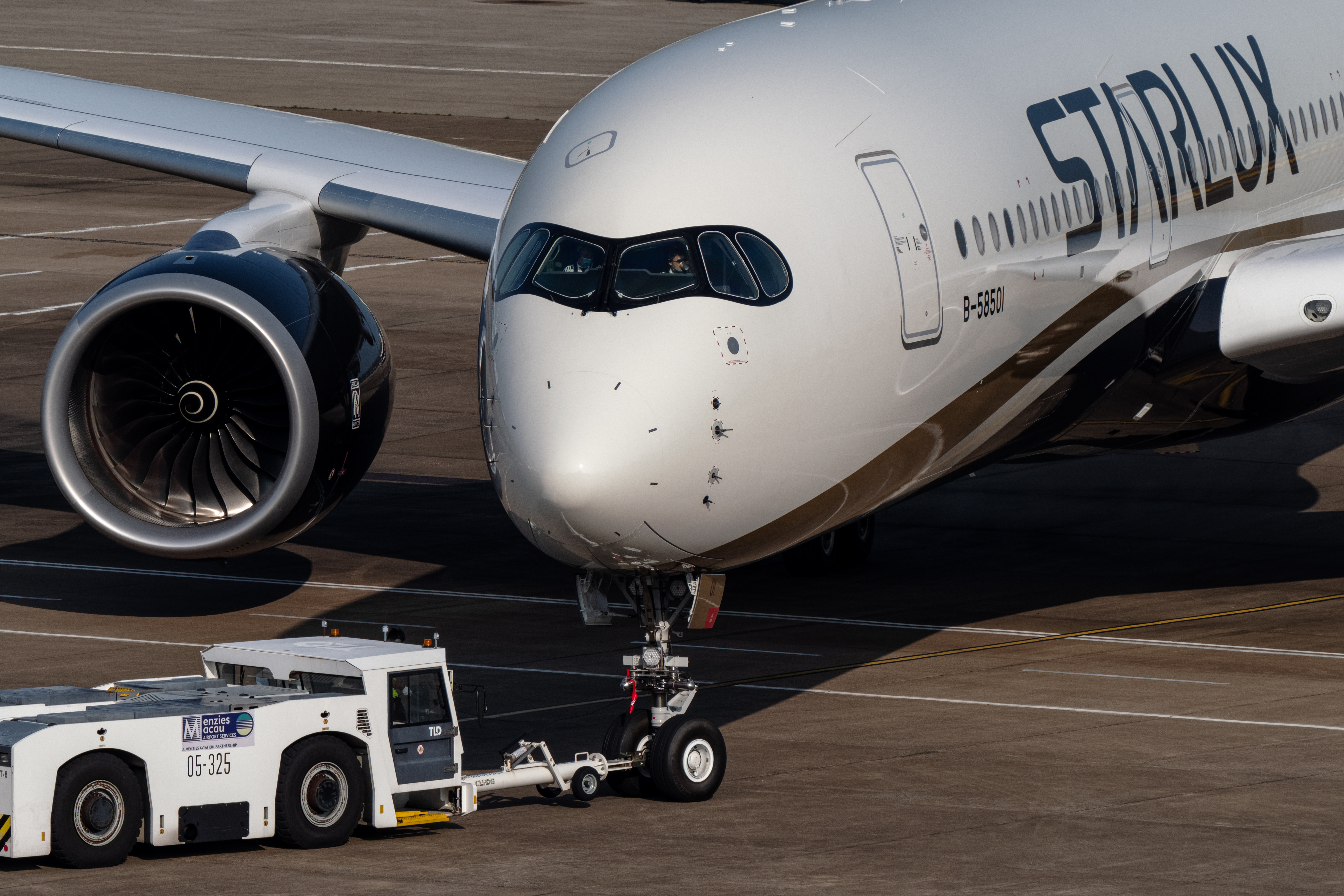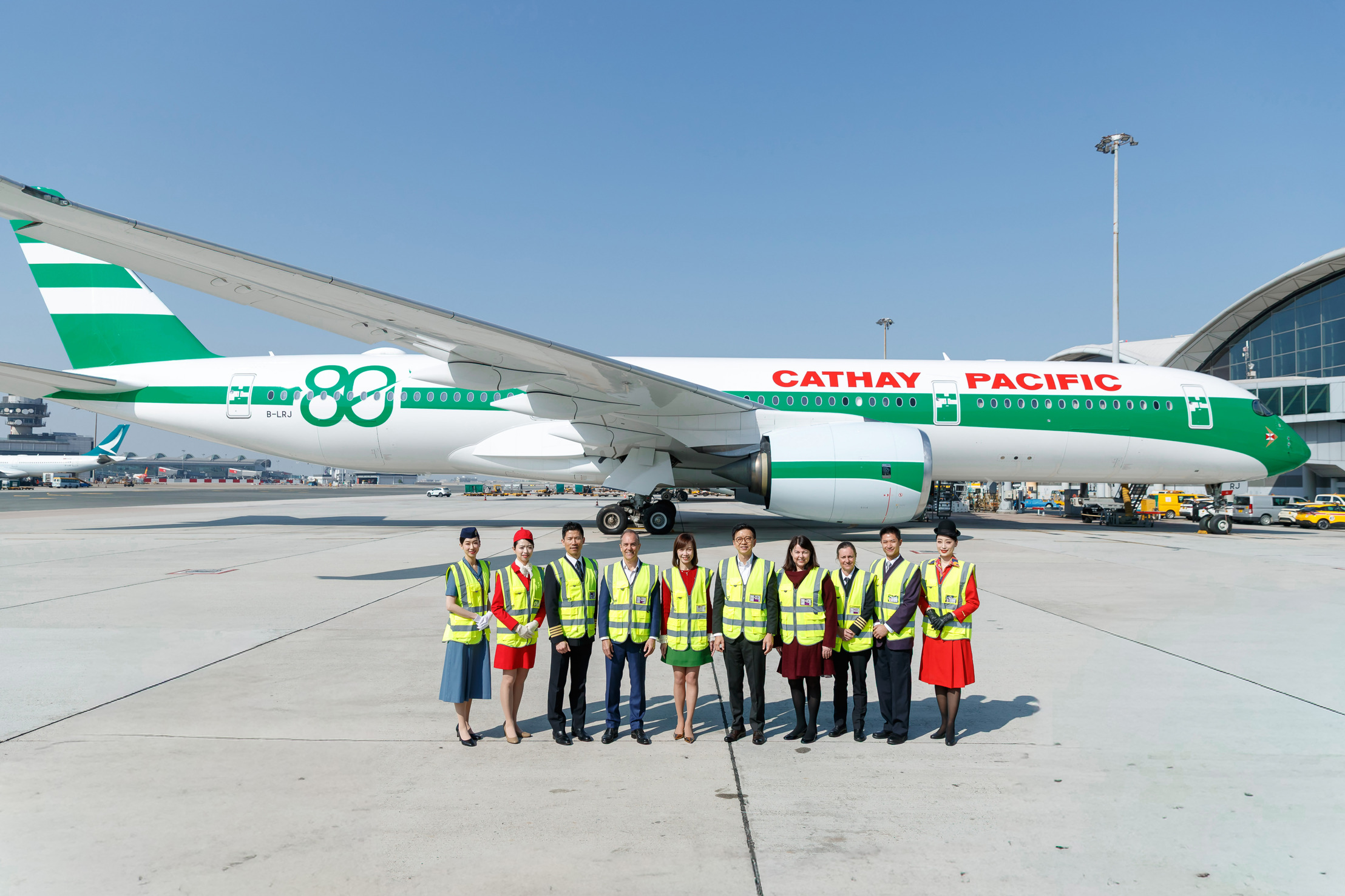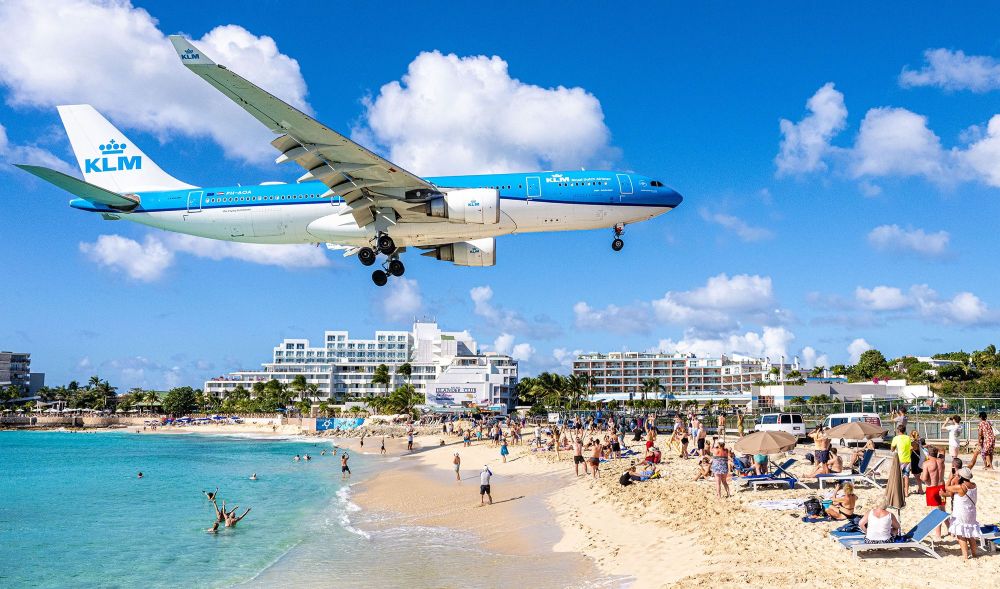
By Geoffrey Thomas
Published Fri Jun 28 2024
Korean Air has highlighted its safety and operational excellence including its Operations & Customer Center (OCC) at its headquarters in Gangseo-gu, Seoul, as well as its maintenance hangar, Cabin Crew Training Center, and Aeromedical Center.
The upgraded facilities, featuring advanced technology and equipment following extensive remodelling, demonstrate its unwavering commitment to safety and operational excellence.
Central Operations: The Operations & Customer Center (OCC)
The 1,100m² OCC operates 24 hours a day with over 240 experts across 11 departments, working in three shifts to monitor flight operations in real-time and address any anomalies to ensure safe arrivals and departures.
The OCC plays a pivotal role in monitoring the daily operations of Korean Air’s fleet of 136 passenger and 23 cargo aircraft serving 110 cities across 39 countries. With an average of more than 400 daily flights, the OCC’s large LED walls display live fleet status, crucial global updates on events like natural disasters and significant current occurrences that may affect operations. The LED walls also provide real-time insights into the operational status of key airports such as Seoul Incheon and Seoul Gimpo airports. With a direct line of communication with aircraft in service, the OCC can also communicate real-time information from flight crews to enable immediate responses.
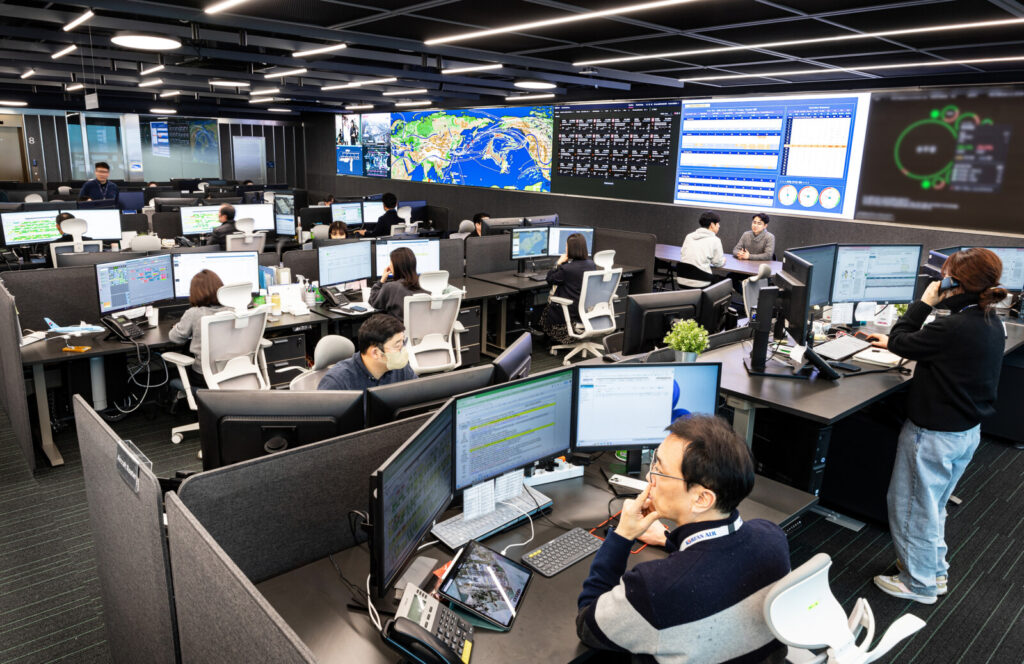
Previously dispersed across different locations, the OCC now integrates various critical units—such as the Flight Control Center, Maintenance Coordination Center, Load Control Center, and Network Operation Center—into a centralized hub. This centralization enhances efficient decision-making and enables rapid response to operational disruptions.
- The Flight Control Center calculates flight paths, fuel requirements, payload, and flight times to ensure that each aircraft operates according to plan, and also provides flight crew with crucial safety information. It also optimizes flight routes to reduce flight time and fuel consumption.
- The Maintenance Coordination Center monitors aircraft conditions in real-time to provide technical support as needed, schedule maintenance activities, and coordinate maintenance staff deployment to overseas stations.
- The Load Control Center determines the optimal configuration for passengerㄴ and cargo load and distribution, to manage the aircraft’s centre of gravity to ensure stability and compliance with safety regulations.
- The Network Operation Center oversees the scheduling of aircraft, cabin crews, and formulates strategies for significant irregular operations (IROPS) such as severe weather events.
Korean Air said that the OCC operates under three core values: communication, coordination and cooperation. A notable feature of the OCC is its central “Decision Zone,” designed to facilitate collaboration among experts.
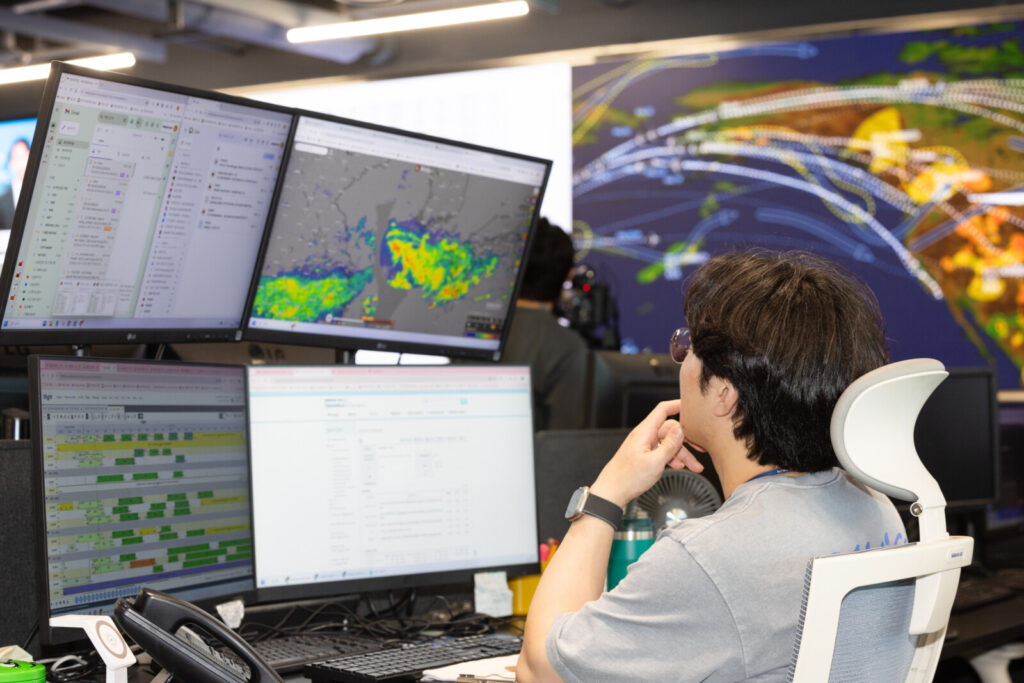
Comprehensive aircraft maintenance capabilities
Korean Air's aircraft maintenance capabilities rank among the best globally. The airline employs approximately 3,100 maintenance personnel and operates five maintenance hangars, along with engine and component repair shops located in Incheon, Gimpo-Bucheon and Busan. These facilities are equipped with the latest equipment and technologies to execute a full spectrum of maintenance activities, from routine tasks to complex overhauls.
The Gimpo Hangar, centrally located within Korean Air's headquarters, measures 180 meters in length and 90 meters in width—equivalent to two soccer fields—and has a height of 25 meters, comparable to a 10-story building. It can accommodate three aeroplanes simultaneously: two large aeroplanes and one medium or small aeroplane. Incheon Airport also has a hangar of the same size as Gimpo.

The Busan Tech Center houses the country’s only dedicated aircraft paint hangar, allowing for in-house painting operations. Additionally, the airline’s aircraft engine maintenance plants in Bucheon and Incheon can perform the highest level of maintenance, including engine overhauls where parts are disassembled, inspected, repaired, and restored to their original condition. Korean Air is currently building a new engine maintenance cluster next to its Engine Test Cell (ETC) near Incheon International Airport.
The hangars operate 24 hours a day to inspect and service the airframe and various aircraft parts. Korean Air thoroughly checks all aircraft’s conditions before takeoff and after landing, and this rigorous maintenance protocol has contributed to a high on-time performance, minimizing delays and cancellations resulting from mechanical issues. According to Boeing’s annual performance report, Korean Air achieved an on-time performance of 99.17% to 99.84% in 2023, depending on the aircraft type, exceeding the global airline average by 1-2 percentage points.

In addition to routine maintenance, Korean Air conducts comprehensive aviation maintenance, repair, and overhaul (MRO), including engine and component inspections, replacements based on flight hours and takeoff/landing cycles, and comprehensive inspections of entire aircraft, engines, and components. The airline also handles installations of inflight Wi-Fi and upgrades to inflight entertainment systems independently. Recently, the airline established a predictive maintenance unit that utilizes big data collected from aircraft to perform proactive maintenance before defects occur.
In 2015, the airline established its Maintenance Support Center to collaborate with the OCC closely. This center monitors aircraft conditions around the clock and provides technical maintenance support while facilitating real-time coordination with other departments during irregular operations, contributing to safe and efficient operations.
Cabin Crew Training Center: safety excellence
Korean Air’s Cabin Crew Training Center, located adjacent to its headquarters building, opened in 2003. The facility spans 7,695m² across two underground and two above-ground floors and features full-scale mockups of aircraft fuselages, to simulate real-life scenarios for training. Annual safety training is conducted for all crew members, with additional training sessions held as needed, to ensure that all cabin crew are prepared to deliver safe and quality service that customers can rely on.
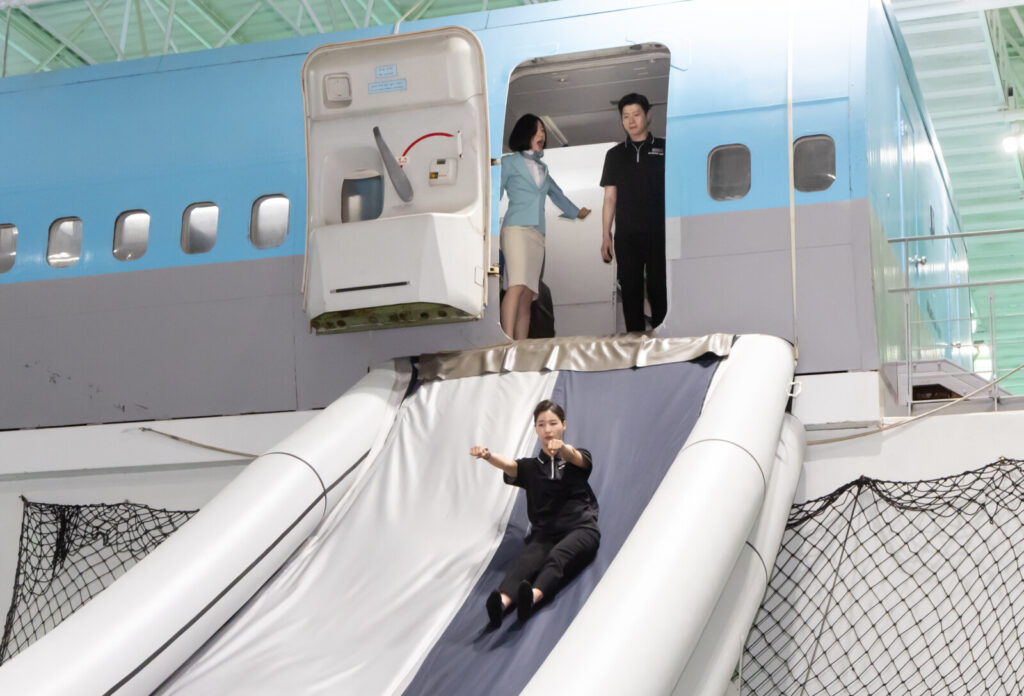
The Cabin Crew Training Center consists of various specialized training facilities, including door operations, emergency equipment, first aid and emergency exit training facilities.
Cabin crew also receive regular training to handle unlawful interference, such as inflight disturbances. This training includes using onboard security equipment to swiftly subdue disruptive passengers. In such situations, cabin crew are legally authorized to assume the role of law enforcement officers, allowing them to enforce necessary measures to maintain safety and order.

Korean Air mandates that cabin crew who miss regular safety training due to leave or other reasons undergo a requalification training program before resuming their duties. This requirement underscores the airline’s unwavering commitment to safety, demonstrating that no compromise is tolerated in maintaining operational safety standards.
Aeromedical Center: supporting crew health to enhance operational safety
Korean Air’s Aeromedical Center takes care of all crew and employees. Following the remodelling of the headquarters last year, the Aeromedical Center is now equipped with the latest facilities and equipment.
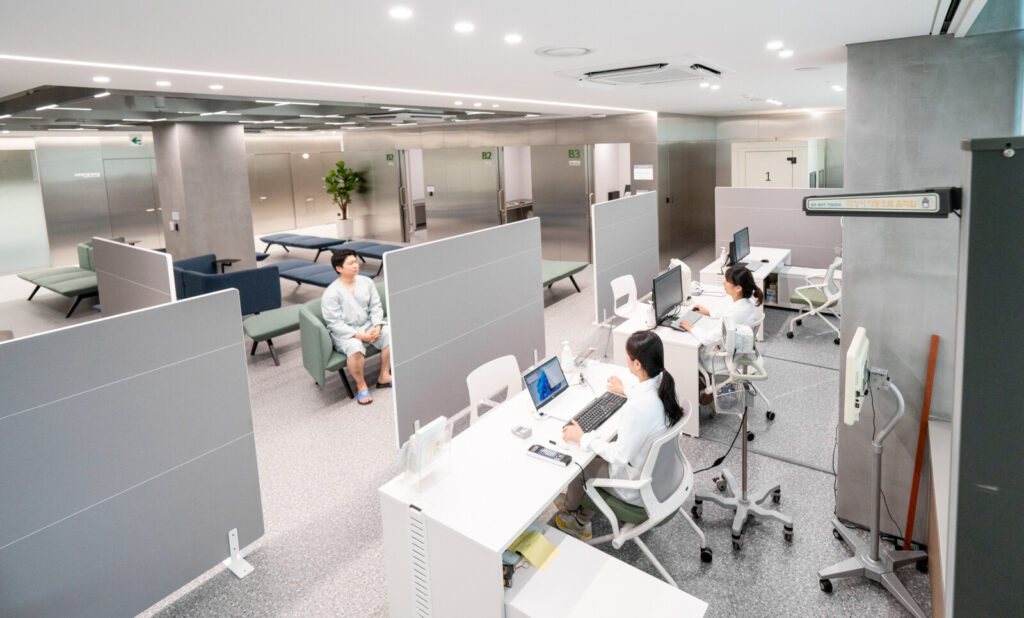
The Aeromedical Center conducts regular health examinations for all employees and operates various health promotion programs tailored to the airline’s job specifics. It provides a sleep care program to support cabin crew struggling with irregular schedules and, if necessary, facilitates polysomnography in cooperation with external medical institutions.
The Aeromedical Center also focuses on stress management for employees. It conducts annual mental health examinations, which since 2023 have been expanded to include the entire workforce. The in-house clinic is staffed by two clinical psychologists who provide confidential counselling.
The Aeromedical Center also offers trauma counselling for crew members who have experienced stressful incidents during flights. Special emphasis is placed on managing the mental health of flight crew, which is directly linked to safe operations. Comprehensive evaluations and related counselling are conducted on various aspects of flight crew mental health, including psychological state, lifestyle habits such as alcohol consumption, and cognitive functions.
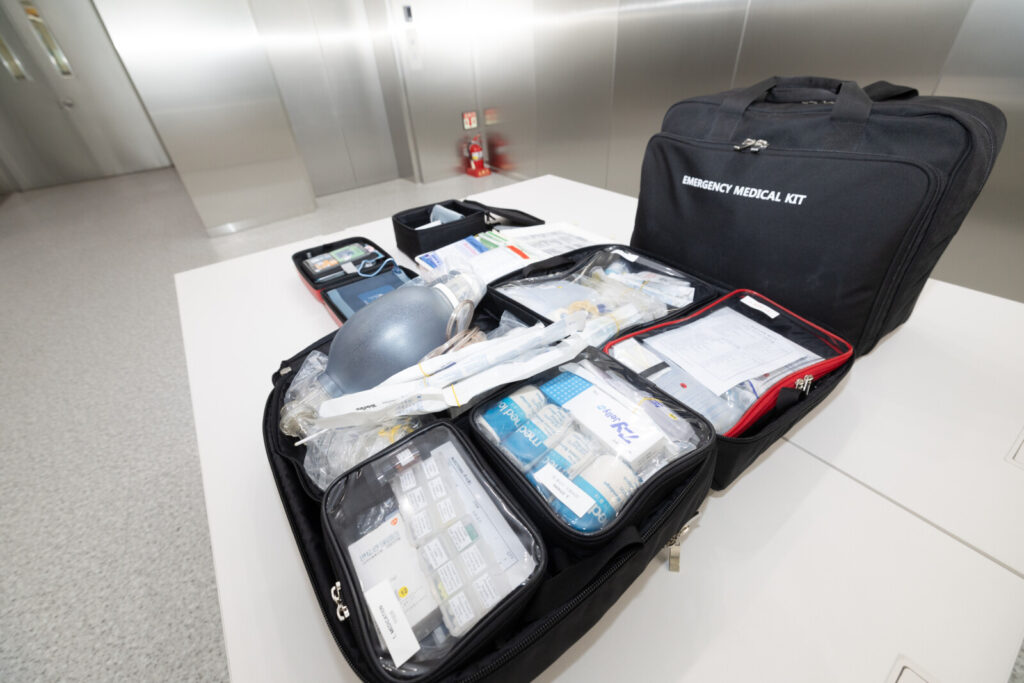
Korean Air operates a ground-based medical system to handle emergencies involving passengers in flight. The 24-hour emergency medical call service is staffed by experienced doctors, which proved crucial last February when a passenger became ill on a flight to Nepal. Unable to find a doctor among the passengers, the crew used the 24-hour emergency medical call system to administer emergency treatment and save the passenger's life. Upon landing, the passenger was safely handed over to medical personnel waiting on the ground.
Korean Air plans to strengthen its emergency medical response system to meet the growing passenger demand. This includes enhancing inflight medical equipment and refining emergency medical procedures.
JOIN: AirlineRatings.com YouTube Channel
GET: Accurate MH370 Information From AirlineRatings.com Newsletter
Airlineratings.com is packed with information about air travel and answers questions that many of us may have thought of, but didn’t know who to ask. Well, now you do!
Airlineratings.com was developed to provide everyone in the world with a one-stop shop for everything related to airlines, formed by a team of aviation editors, who have forensically researched nearly every airline in the world.
Our rating system is rated from one to seven stars on safety – with seven being the highest ranking. Within each airline, you will find the country of origin, airline code, booking URL and seat map information.
The rating system takes into account a number of different factors related to audits from aviation’s governing bodies, lead associations as well as the airline’s own safety data. Every airline has a safety rating breakdown so you can see exactly how they rate.
Over 230 of the airlines on the site that carry 99 per cent of the world’s passengers have a product rating.
Given that low-cost, regional and full-service carriers are so different we have constructed a different rating system for each which can be found within each airline.
Have questions or want to share your thoughts?
Get In Touch
